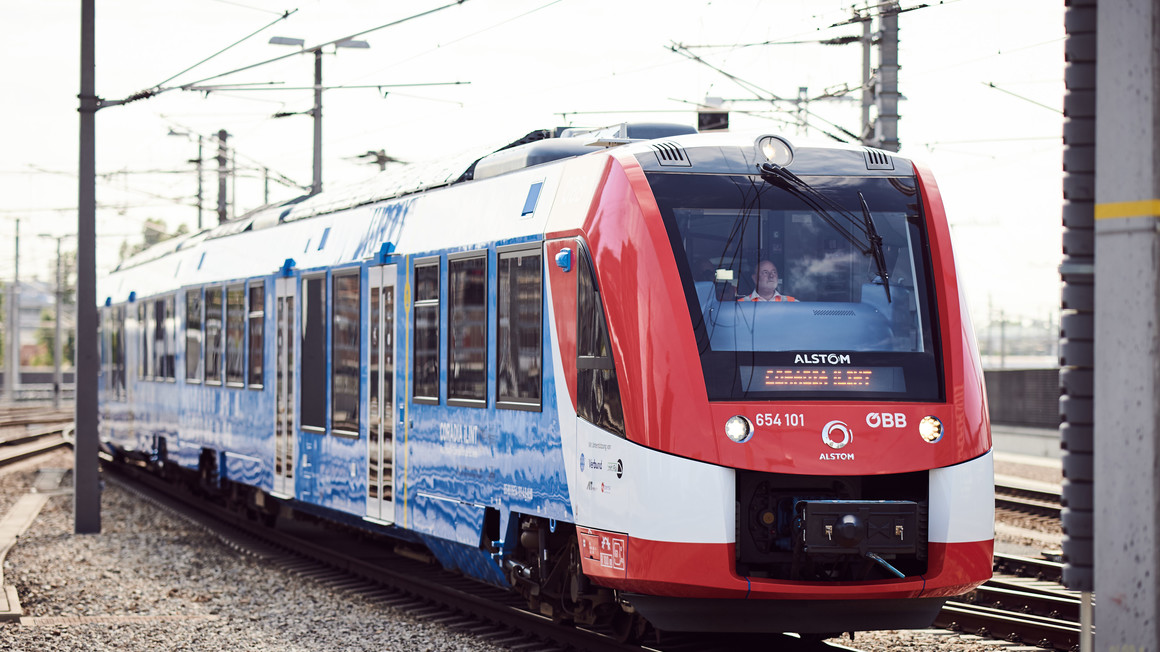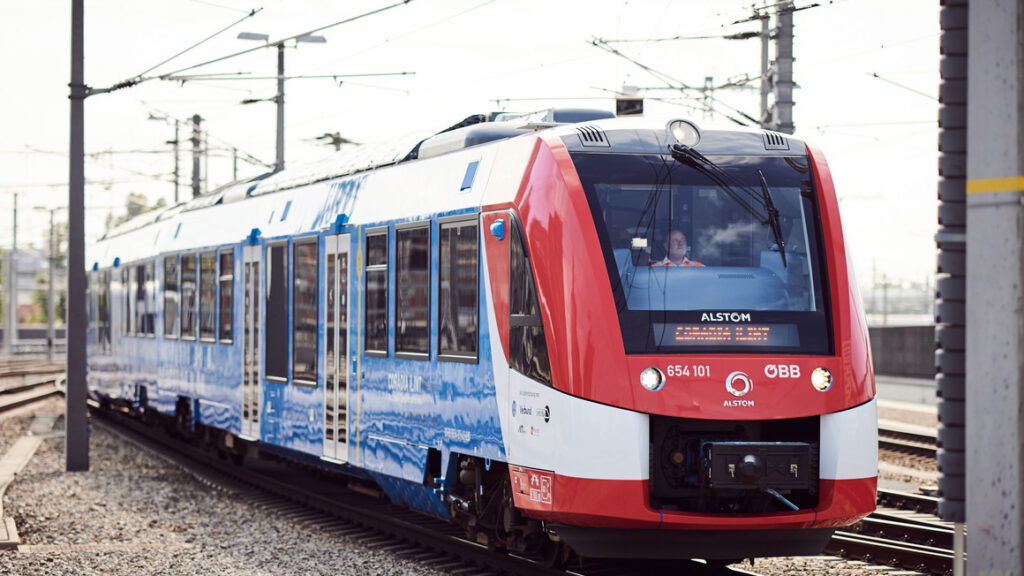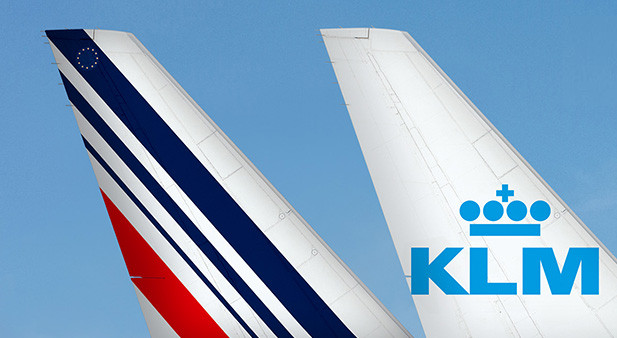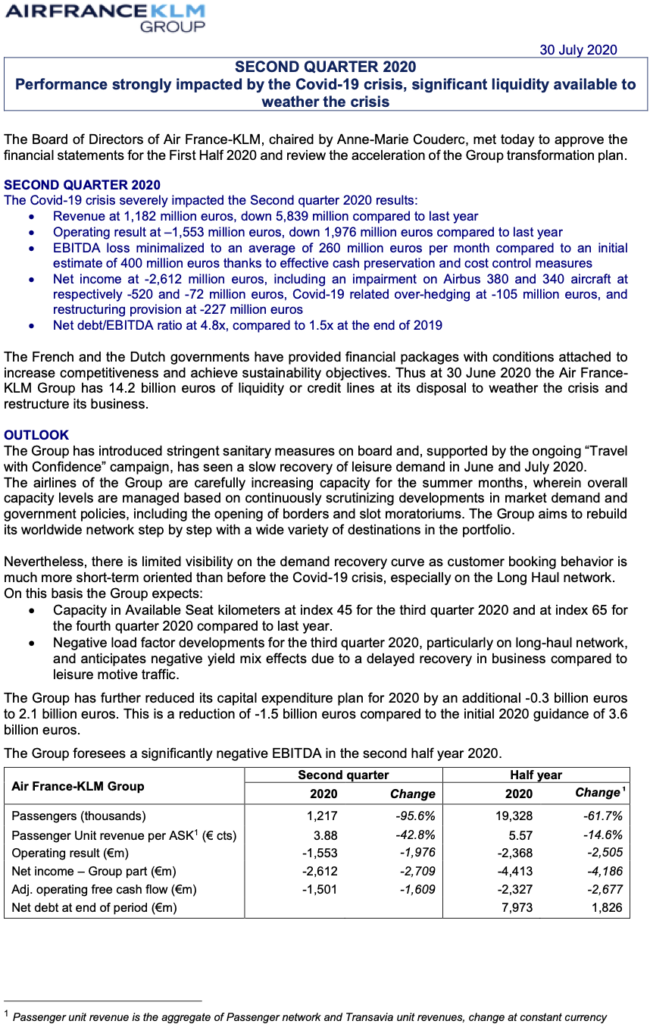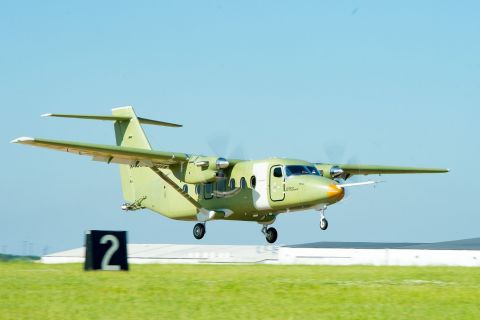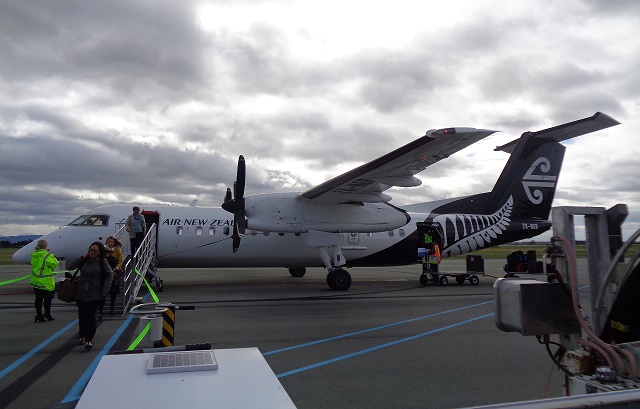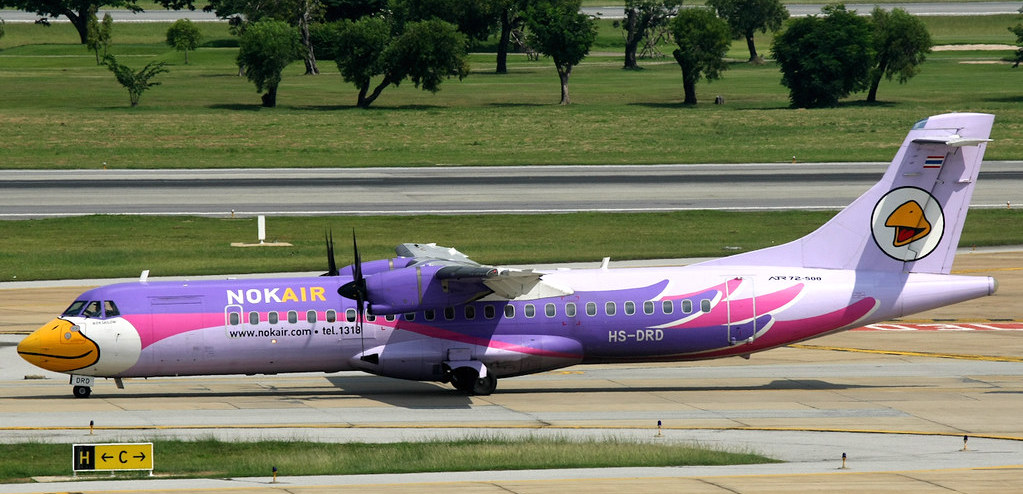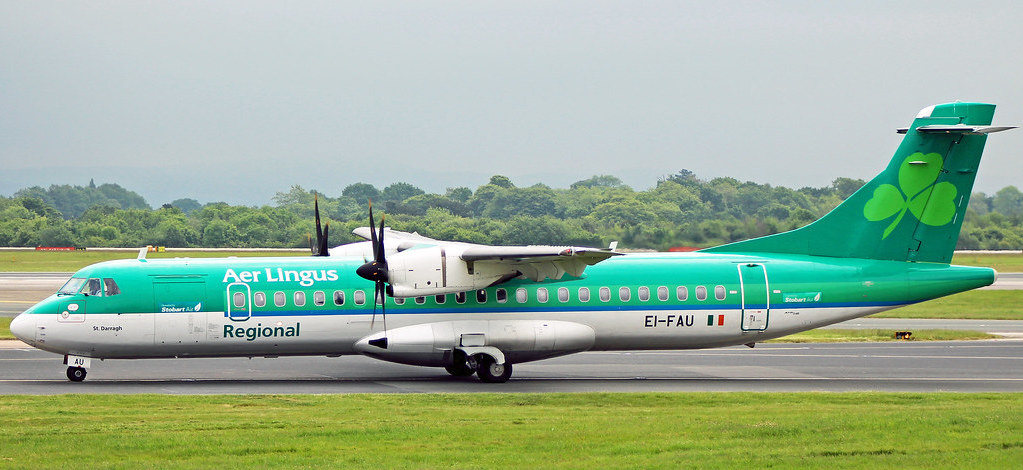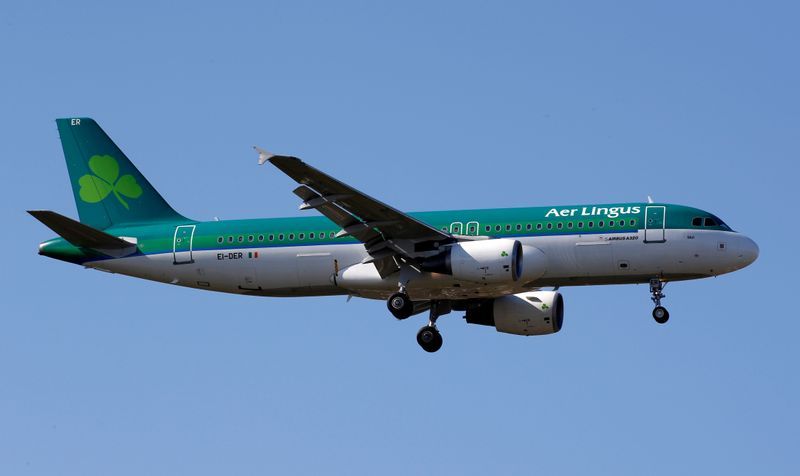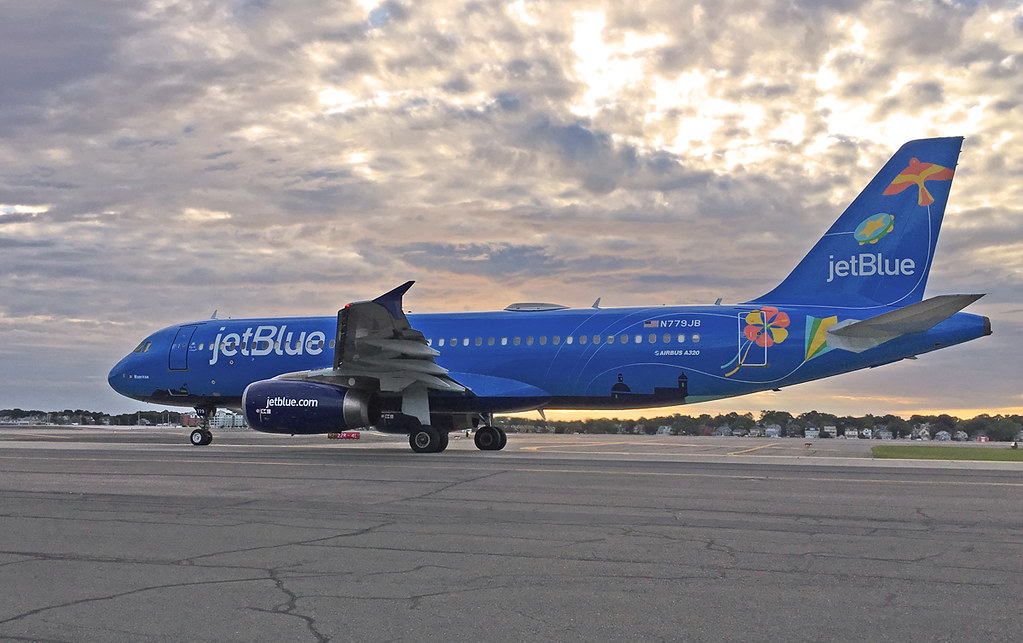– Leonardo’s U.S. subsidiary Selex ES Inc. launches AeroBOSS solutions to prevent runway incursions and protect global air travelers
– AeroBOSS provides a common operating platform enabling command and control of airport operations, maintenance and emergency resources

Leonardo’s U.S. subsidiary, Selex ES Inc., developer of en-route navigation, precision approach and landing, and surveillance systems, recently added airport surface management technologies to their air traffic control solutions.
Marketed under the name AeroBOSS, the technologies offer real-time, collaborative decision-making, flight and ground vehicle tracking, and runway safety systems that allow all surface vehicles to operate safer and more efficiently. AeroBOSS provides an airport-wide common operating platform enabling command and control of airport operations, maintenance, and emergency resources. One of the core AeroBOSS solutions is the AeroBOSS Runway Incursion Warning System (RIWS) that prevents runway accidents by alerting vehicle drivers of hazards before entering the runway area.
There are nearly thirty-one hundred airports in the world with commercial air carrier service, but only a small percentage have runway incursion prevention systems. Selex ES Inc. AeroBOSS technologies, developed for Air Navigation Service Providers and airports is able to improve airport safety efficiently and cost-effectively.
The addition of AeroBOSS solutions to Leonardo’s portfolio comes as the result of collaboration with U.S.-based INDMEX. The timing is critical, as the Civil Air Navigation Services Organization and Flight Safety Foundation have expressed concerns regarding the risks of airport runway incursions as air travel begins to return to normal following the sharp declines due to the COVID-19 pandemic.

